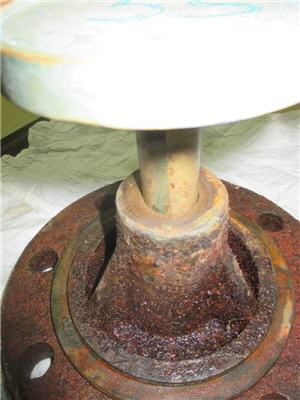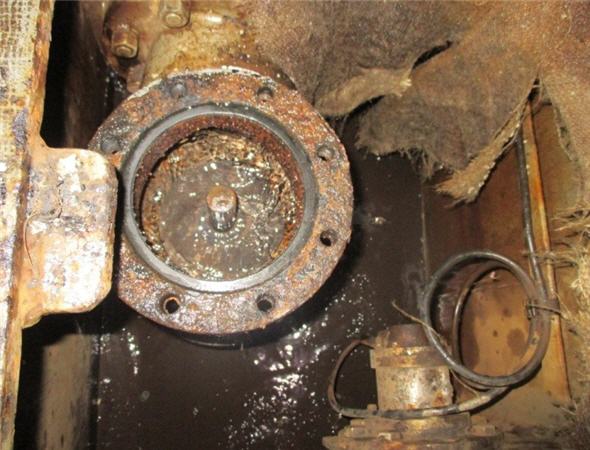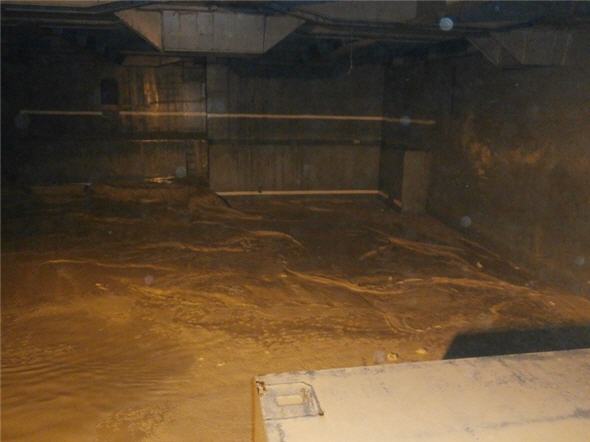Water damage to cargo due to malfunctioning non-return valves of vessel bilge systems happens on a regular basis. In a recent case on a vessel covered by Skuld, the total cargo of 2,600 MT of fertilizer in one of the holds was completely wetted by sea water due to a combination of human error and technical problems with a non-return valve.
Non-return valves have a very simple design and is self-opening / closing depending on which side the pressure is applied, i.e. if water is sucked out the valve will be pressed up by the water and once the suction stops the valve will immediately drop into its place closing any flow into the bilge.

However, in the event the valve is pressed open and remains stuck due to e.g. dirt, then the non-return valve will remain in open position and once the suction stops, the water remaining in the pipe will be allowed to flow back into the hold bilge.
In the Nautical Institute text book entitled "Bulk Carrier Practice" (2nd edition 2010) Captain Jack Isbester explains at page 323:
"The non-return valves in the bilge pumping system are fitted to ensure that water can be pumped from the hold bilge wells to the engine room and over side or into a holding tank for measurement. Their second purpose is to ensure that water cannot travel in the opposite direction, into the hold bilge wells. The system must be tested each voyage to ensure that water can be pumped from the bilge wells, but cannot be pumped into the bilge wells. In addition, the non-return valves must be dismantled, inspected, fitted with replacements for worn or damaged parts and reassembled at regular intervals preferably of 6-12 months or as required by the planned maintenance system."
In our particular case the hold bilge non-return valve was found to be stuck to its cover and thus no longer being allowed to drop on its seat to prevent water flowing into the bilge. From interviewing the vessel's crew, we understood that regular inspection of the non-return valve had not been carried out thereby not enabling them to detect any malfunction / "mechanical" failure.

Furthermore, various valves need to be opened manually and hydraulically in order to allow the water to reach up all the way to the improperly functioning non-return valves. The unintentional leaving open / improper closing of the manually and hydraulically operated valves allowed sea water to get into the hold trough the malfunctioning non-return valve. As result a few days later the cargo in the hold was completely covered with water.

Although a non-return valve has none to limited (depending on type) mechanically operating parts, it is advisable to carry out regular inspection / checking of the non-return valve for proper functioning, i.e. whether it is properly sealing off.
Members are advised to ensure that a proper check-list has been developed and implemented in the vessel's Safety Management System and that same provide for a regular inspection on non-return valves..